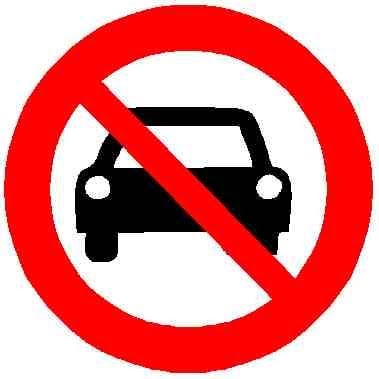- cross-posted to:
- [email protected]
- cross-posted to:
- [email protected]
What if we handle road safety as general safety?
The hierarchy hazard controls is a de facto standard for determining which measures to take in the presence of risks. The principles can be (and I would argue that they should be) applied to road safety.
From the most effective to the least effective measure, we have:
-
Elimination: Avoid road trips. Of course it is rarely possible.
-
Substitution: Replace dangerous vehicles with non-hazardous vehicles. That is, cars should be limited
-
Engineering controls: people are isolated from risks: cycle paths, sidewalks everywhere, speed bumps, raised crossings, narrowing of the roads
-
Administrative controls: speed limits, 30 km/h cities, speed cameras, training courses.
And last and most definitely least:
- personal protective equipment: they are the least effective, to be used only if there is no possibility of applying other measures: helmets.
Those who push for certain measures do not understand anything about safety, and thus would start from the bottom of the hierarchy.
https://en.wikipedia.org/wiki/Hierarchy_of_hazard_controls
crossposted from: https://mastodon.uno/users/rivoluzioneurbanamobilita/statuses/113978193983638459


In a 2023 study in the UK, people were more in favor of public policy to make people safer as long topic was something other than cars.
https://www.inderscienceonline.com/doi/abs/10.1504/IJENVH.2023.135446>